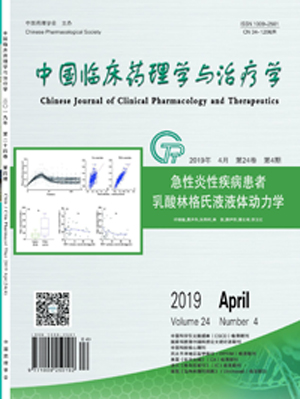AIM: To analyze the effects of rat nerve growth factor on neuroelectrophysiology and expression of phosphorylated p38MAPK in dorsal root ganglion (DRG) in rats with sciatica caused by lumbar disc herniation. METHODS: 90 SPF-level Wistar male rats were randomly divided into 6 groups: normal group, model group, positive control group, low, medium and high dose groups of rat nerve growth factor, 15 in each group. Except the normal group, rats in other groups were prepared for sciatica caused by lumbar disc herniation. The low, medium and high doses groups were injected into the epidural space at 2.5 μL/100 g, 5 μL/100 g, 10 μL/100 g of rat nerve growth factor, respectively. The positive control group was given 7.5 mg/kg of indomethacin solution, the model group and the normal group were injected with the same dose of normal saline once a day for 7 days. The general activity, mechanical contraction response threshold (PWT), heat-shrinking foot reflex latency (PWL), neuroelectrophysiology, inflammatory factors in DRG, calcitonin gene-related peptide (CGRP), substance P (SP), and phosphorylation p38MAPK expression of the rats in each group were observed. RESULTS:Compared with the normal group, the PWL and PWT of the model group decreased after 3 and 7 days of administration. Compared with model group, the PWL and PWT of positive control group, middle and high dose group of rat nerve growth factor increased after 3 and 7 days of administration (P<0.05), and the effects of 7 days after administration was better than that of 3 days after administration (P<0.05). Compared with the normal group, the contents of SP, CGRP, TNF-a, IL-6 and IL-1 in DRG in the model group increased. Compared with the model group, the contents of SP, CFRP, TNF-a, IL-6 and IL-1 in DRG of rats in the positive control group and the middle and high dose groups of rat nerve growth factor decreased (P<0.05). Compared with the normal group, the expression of p38MAPK in the DRG of the model group increased; compared with the model group, the expression of p38MAPK in the DRG of the positive control group, the middle and high dose groups of the rat nerve growth factor decreased (P<0.05). CONCLUSION:Rat nerve growth factor can reduce the expression of phosphorylated p38MAPK and inflammatory factors in DRG of rats with sciatica caused by lumbar disc herniation, and improve nerve conduction function.


